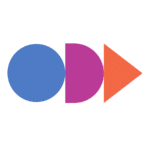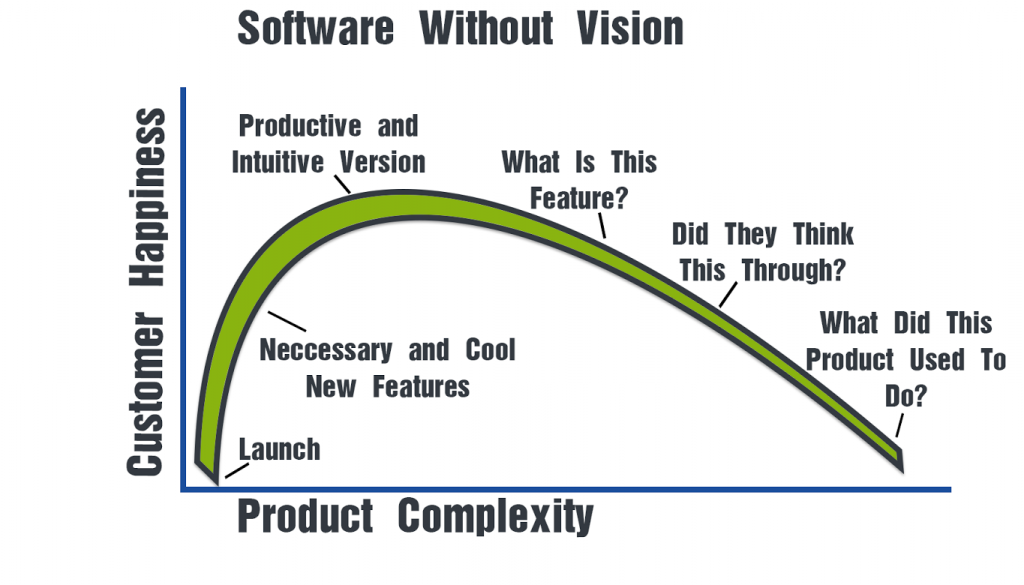In a recent interview, former Indiana Governor and Purdue President Mitch Daniels laid out his thinking as the University begins to chart a new strategic plan. Daniels presents a vision resistant to complacency, stressing the importance of choices, “a real strategy is defined by what it leaves out,” he said. “If you can’t name some important choices that were not included, it’s probably not a very good guide because you can’t try to do everything.”
Don’t do everything. Invest in what you do well. This isn’t novel wisdom, but its advice that rarely seems to stick. Overextending resources is a failure of vision, a vain attempt to examine the landscape, see everything, learn nothing, and imitate without nuance. This is a cross industry pitfall. There’s simply too many ideas, practices, and products for one person or organization to do many well. Jack of all trades is a master of none.
We have all encountered this problem. Perhaps you remember when Apple announced the iPad, it was promptly mocked as “a larger screen iPhone with fewer capabilities.” Few immediately grasped the potential of the product, instead lamenting what it appeared to lack. They failed to appreciate the strategy, that important design choices were made, what stood at the end was entirely purposeful. That by narrowly tailoring its device, Apple produced an amazing, intuitive, product that disrupted multiple industries in its wake.
Passageways’ OnBoard exists because of the fire Mr. Jobs lit across industries on that September afternoon in 2010. This remains an important lesson as we continue to develop and improve OnBoard. Haphazard features at the expense of user experience is a prevalent problem throughout the software industry. It’s software without vision, always charting a predictable course from innovation to obsolescence.

We believe history proves that the most successful software comes from people with a vision, those who anticipate their customers needs without succumbing to pressure to be all things to all people. Software without vision is a negative feedback loop, it says you are willing to trade functionality for popularity.
“We carefully consider every design choice, every tool we create, and every service we offer,” said Paroon Chadha, co-founder and CEO of Passageways. “For OnBoard, we hang our hat on clean and minimalistic design that sets us apart, as the market and especially directorship craves for such an offering. We differ from most other offerings who can’t name a single important choice they had to table.”
We weigh every decision with only one thing in mind: will this make our customer’s meeting experience better. It’s what guided our development of OnBoard. We wanted to create software that allowed meetings to occur naturally, that had purposeful useful tools, and that protected sensitive documents: Easy, Powerful, Secure.
We could have added to the burgeoning line Kitchen Sink software, boasting of a million features that would do nothing but complicate your meeting. It doesn’t seem easy for most to resist the urge to throw everything at you and hope you don’t notice your software has become a bloated, dysfunctional, mess. But Passageways has pressed to keep its software approachable, and it has resulted in a powerfully useful solution.
We create software with a vision. We know our customers, we anticipate their needs, and we craft products that work. Simple as that.
About The Author

- At OnBoard, we believe board meetings should be informed, effective, and uncomplicated. That’s why we give boards and leadership teams an elegant solution that simplifies governance. With customers in higher education, nonprofit, health care systems, government, and corporate enterprise business, OnBoard is the leading board management provider.
Latest entries
 Board Management SoftwareJuly 26, 20225 Critical Board Engagement Survey Questions
Board Management SoftwareJuly 26, 20225 Critical Board Engagement Survey Questions Board Management SoftwareJuly 19, 2022What is an Advisory Council? (Overview, Roles, and Responsibilities)
Board Management SoftwareJuly 19, 2022What is an Advisory Council? (Overview, Roles, and Responsibilities) Board Management SoftwareJuly 15, 2022Balance Sheet vs. Income Statement: What’s the Difference?
Board Management SoftwareJuly 15, 2022Balance Sheet vs. Income Statement: What’s the Difference? Board Management SoftwareJuly 12, 2022Sweat Equity: Mark Haas of the Dallas Cup Board Gives a Nonprofit Play-by-Play for Success
Board Management SoftwareJuly 12, 2022Sweat Equity: Mark Haas of the Dallas Cup Board Gives a Nonprofit Play-by-Play for Success

